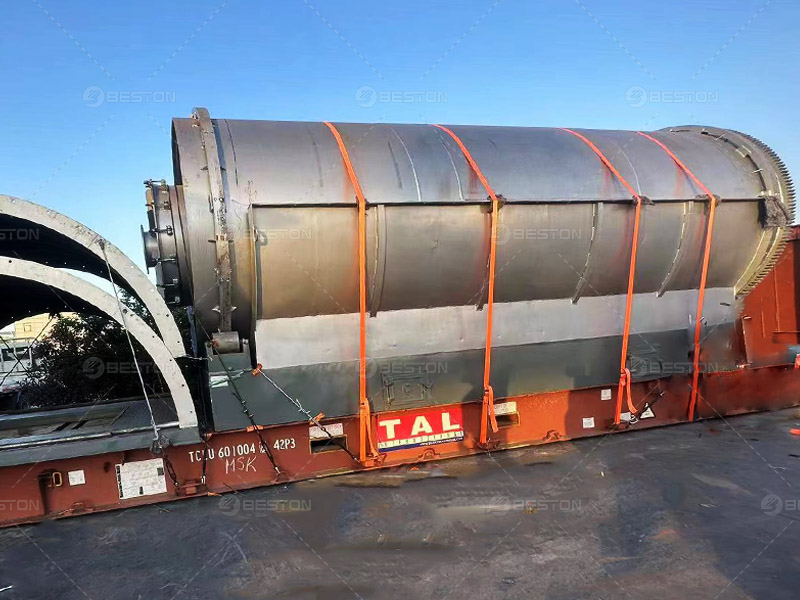Differences between Small Pyrolysis Machine & Continuous Pyrolysis Plant
Introduction
Pyrolysis, the thermal decomposition of organic materials in the absence of oxygen, has emerged as a pivotal technology in waste management and resource recovery. Small pyrolysis machines and continuous pyrolysis plants represent two distinct approaches to this process, each with its own set of advantages and applications. In this article, we delve into the differences between these two pyrolysis systems, shedding light on their operating capacity, efficiency, energy considerations, and cost implications.
Operating Capacity
Small Pyrolysis Machine
Small pyrolysis machine is characterized by their limited capacity and batch processing nature. These machines are well-suited for applications where the volume of feedstock is relatively low. They are commonly used in small-scale operations and research settings, offering flexibility for various materials, including plastics, rubber, and biomass.
Continuous Pyrolysis Plant
In contrast, continuous pyrolysis plants are designed for high throughput and operate continuously. They are industrial-scale systems capable of processing large quantities of feedstock on a continuous basis. Continuous pyrolysis plants are ideal for applications that require consistent and uninterrupted processing, such as industrial waste management and tire recycling facilities.
Efficiency and Automation
Small Pyrolysis Machine
Small pyrolysis machines often feature limited automation. Operators manually load feedstock into the reactor and monitor the process closely. While these machines are user-friendly and suitable for research purposes, they may require more manual labor.
Continuous Pyrolysis Plant
Continuous pyrolysis plants are known for their advanced automation. They are equipped with sophisticated control systems that regulate temperature, pressure, and feedstock input. The continuous nature of these plants eliminates the need for manual feedstock handling and allows for uninterrupted operation, increasing overall efficiency.
Energy Efficiency and Heat Recovery
Small Pyrolysis Machine
Energy efficiency can vary among small pyrolysis machines, with some models consuming more energy per unit of output. Additionally, heat recovery systems in small machines are often limited, resulting in less efficient utilization of thermal energy generated during pyrolysis.

Continuous Pyrolysis Plant
Continuous pyrolysis plant is designed with energy efficiency in mind. They incorporate heat recovery systems that capture and utilize the excess heat generated during the process. This not only reduces energy consumption but also maximizes the overall thermal efficiency of the system.
Cost Considerations
Small Pyrolysis Machine
Small pyrolysis machines typically have a lower initial investment cost compared to continuous pyrolysis plants. However, it’s important to consider operational costs, including labor and energy consumption, which can vary depending on the specific machine and application.
Continuous Pyrolysis Plant
Continuous pyrolysis plants require a higher capital investment due to their larger scale and advanced automation. However, they often benefit from economies of scale, with lower operational costs per unit of output when processing large volumes of feedstock.
In conclusion, the choice between a small pyrolysis machine and a continuous pyrolysis plant depends on the specific needs and scale of the application. Small machines offer flexibility and lower initial costs, while continuous plants are designed for high-capacity, automated, and efficient operations. Understanding the differences between these two systems is crucial for making informed decisions in waste management and resource recovery endeavors.

Comments
No comments yet. Be the first to react!